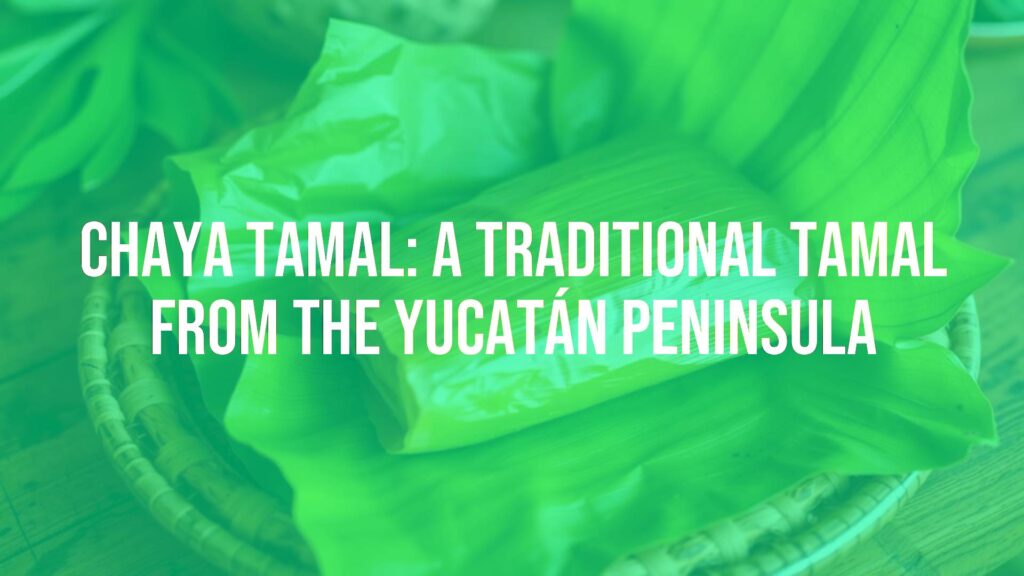Exploring Chaya Tamal: A Culinary Gem of the Yucatán
Introduction to Chaya Tamal
Distinctive in both flavor and cultural significance, the Chaya tamal stands out as a treasured offering from the Yucatán region of Mexico. Unlike tamales from other regions, this variety is defined by its incorporation of chaya—a leafy green native to the area that infuses the dish with a unique herbal character. Chaya tamal celebrates both local ingredients and deep-rooted traditions, making it a culinary curiosity among the wide diversity of Mexican tamales.
Cultural Roots and Culinary History
The Chaya tamal traces its origins to the ancient Maya civilization, where chaya (Cnidoscolus aconitifolius) was revered for its nutritional benefits and versatility. Known as “Mayan spinach,” chaya leaves were often incorporated into daily meals. Over generations, the technique of enveloping chaya-infused masa in corn husks or banana leaves evolved into the beloved tamal enjoyed in Yucatán and neighboring regions. Today, Chaya tamal is not just a daily staple but also features prominently in regional festivities and family gatherings, serving as a symbol of heritage and local pride.
Defining Ingredients and Preparation
The hallmark of a Chaya tamal is its green-flecked masa. The dough is crafted from nixtamalized corn masa blended with finely chopped chaya leaves. The fresh, slightly earthy taste of chaya elevates the tamal with a flavor profile distinct from tamales made solely with corn. Depending on family tradition or season, lard or vegetable shortening may be added for richness and a tender texture. The masa is typically spread onto a corn husk or banana leaf, then filled with simple seasonings or sometimes a modest filling of cheese or seasoned pork. The tamal is then bundled and steamed, allowing the flavors to meld into a cohesive whole.
Texture, Flavor, and Appearance
A Chaya tamal is immediately recognizable by its mottled green interior, signaling the generous presence of chaya leaves. The masa takes on a moist, delicate texture, while the greens impart a gentle, spinach-like aroma and taste, with grassy and subtly nutty notes. When steamed in banana leaves, the tamal acquires an extra dimension of earthy flavor and a soft, aromatic exterior. Whether prepared with corn husks or banana leaves, Chaya tamales present a rustic, inviting appearance that hints at their home-cooked origins.
Regional Significance and Common Variations
Throughout the Yucatán peninsula and neighboring states, Chaya tamal is an emblem of local agricultural traditions. Variations abound: some families incorporate aged cheese, cooked shredded chicken, or spicy recados (Yucatecan spice pastes) within the masa, while others prefer the tamal unadorned to highlight the taste of chaya. In some communities, eggs are added to enrich the dough further. For those outside the chaya-growing regions, spinach or kale is occasionally substituted, though purists assert that nothing matches the subtlety of native chaya leaves.
Serving Suggestions and Pairings
Chaya tamales are often served warm, sometimes accompanied by pickled red onions, habanero salsa, or a splash of fresh lime juice to brighten the flavors. They pair beautifully with traditional Yucatecan drinks such as atole de elote or a chilled glass of horchata. Served as part of breakfast, lunch, or festive feasts, Chaya tamal embodies the nourishing spirit of Yucatán hospitality and the enduring legacy of Maya-inspired cuisine.

